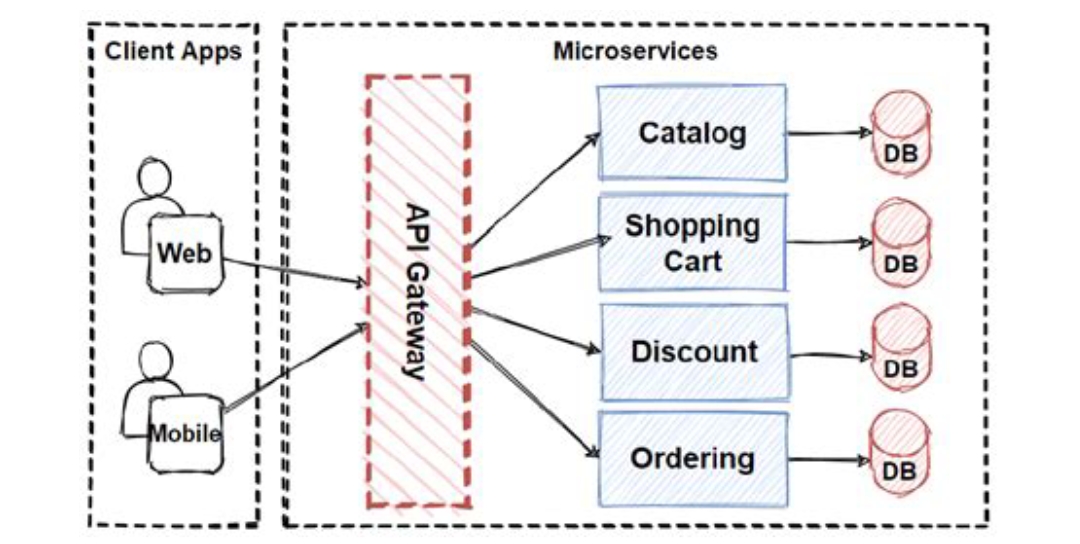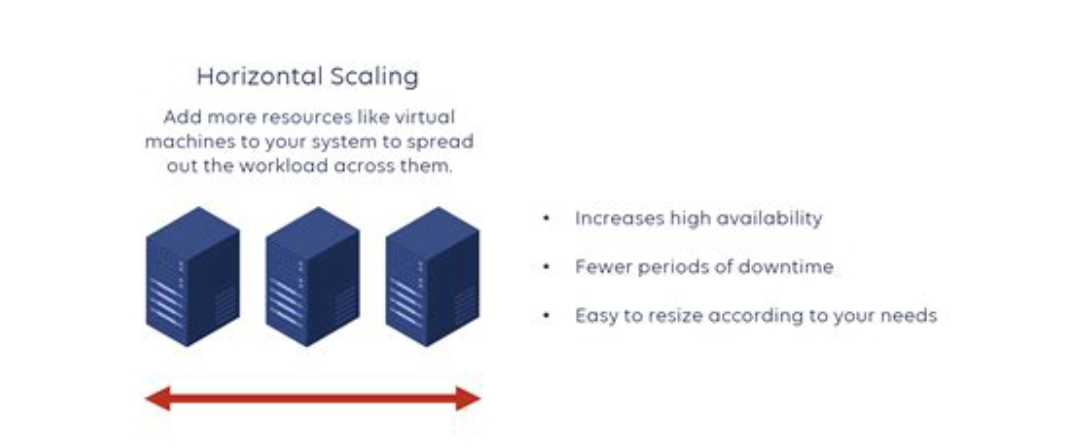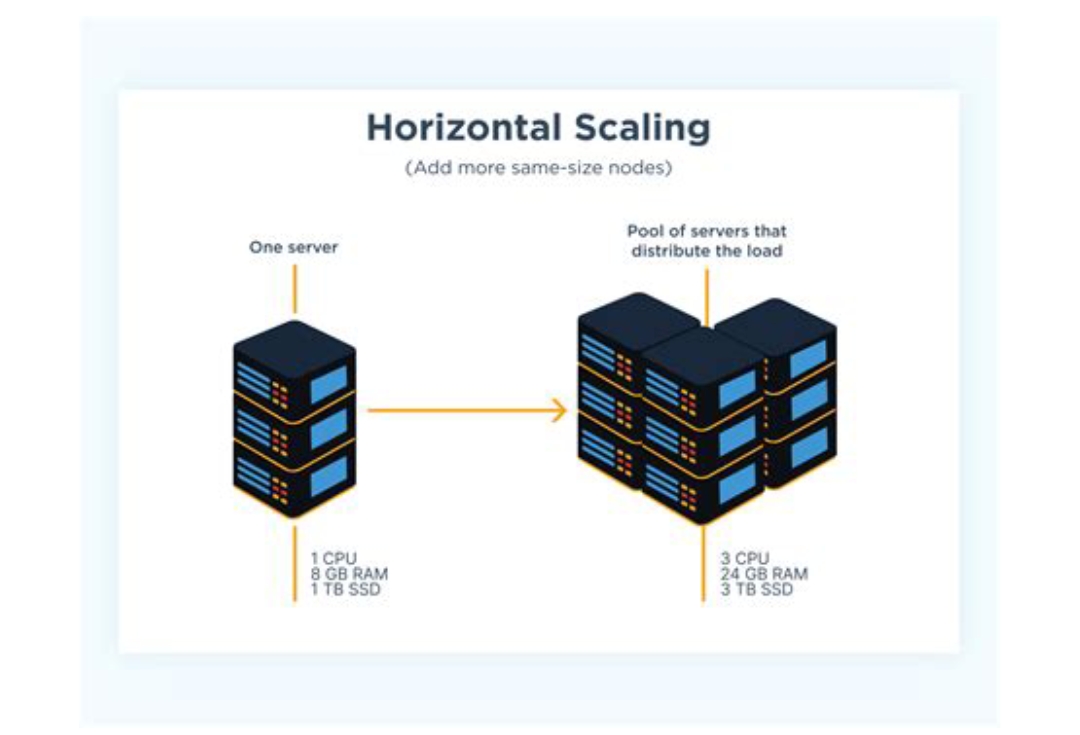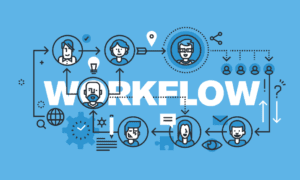By Manish Baranwal
In today’s fast-paced digital landscape, the ability to scale is no longer a luxury—it’s a necessity. Whether serving thousands or millions of users, modern applications must be built with scalability at their core. Organizations that fail to prepare for growth risk sluggish performance, downtime, and lost opportunities.
So, what does it take to design a truly scalable system? The answer lies in leveraging architectural best practices like API gateways, horizontal scaling, optimized indexing, and real-time analytics.
The Backend-for-Frontend (BFF) Pattern: Tailoring Backends for Specific Frontends
With applications now spanning web, mobile, and IoT devices, a one-size-fits-all backend no longer suffices. The Backend-for-Frontend (BFF) pattern allows businesses to create separate backend services for each frontend interface, optimizing communication and performance.
 This architecture provides several benefits:
This architecture provides several benefits:
- Optimized APIs: Different frontends interact with dedicated backends, eliminating unnecessary data transfer.
- Efficient Development: Teams can work independently on their respective frontend-backend pairs.
- Faster User Experience: Requests are streamlined, reducing latency and improving response times.
Horizontal Scaling: Expanding Capacity Through Distribution
Scalability isn’t just about handling increased traffic; it’s about doing so efficiently. Horizontal scaling, also known as scaling out, involves adding more machines or instances to distribute the workload across multiple servers.
 Advantages of horizontal scaling:
Advantages of horizontal scaling:
- Improved Performance: Multiple servers prevent bottlenecks and reduce latency.
- Fault Tolerance: Failures in one node don’t bring down the entire system.
- Incremental Scaling: Organizations can add capacity as needed, reducing unnecessary infrastructure costs.
Optimized Indexing for Faster Data Retrieval
A scalable application isn’t just about handling high volumes of traffic—it’s also about retrieving information quickly. Index optimization ensures that databases can fetch results efficiently without unnecessary overhead.
- Use composite indexes to speed up queries involving multiple columns.
- Monitor index usage to remove unnecessary or underperforming indexes.
- Regularly update statistics so that the database engine can make better indexing decisions.
A well-optimized database can significantly reduce query execution times, ensuring that user requests are processed in milliseconds rather than seconds.
Real-Time Performance Analytics: Monitoring System Health
Scaling isn’t just about expansion—it’s about maintaining performance while growing. A real-time performance analytics dashboard provides crucial insights into system behavior.
 A well-designed monitoring system includes:
A well-designed monitoring system includes:
- Real-time dashboards displaying response times, error rates, and resource utilization.
- Automated alerts for performance bottlenecks or unusual spikes in traffic.
- Self-healing mechanisms that allocate additional resources during peak loads.
These dashboards empower teams to take a proactive approach, resolving potential issues before they impact users.
Conclusion: Scaling Beyond Today’s Challenges
The key to a scalable system isn’t just about adding more servers—it’s about architecting for resilience. By adopting the BFF pattern, embracing horizontal scaling, optimizing indexing, and implementing real-time analytics, businesses can build platforms that grow seamlessly with demand.
Organizations that prioritize scalability today will not only handle future growth with ease but also deliver superior user experiences that set them apart in the digital economy. The question is—are you building for today,apart in the digital economy. The question is—are you building for today, or architecting for the future?




























